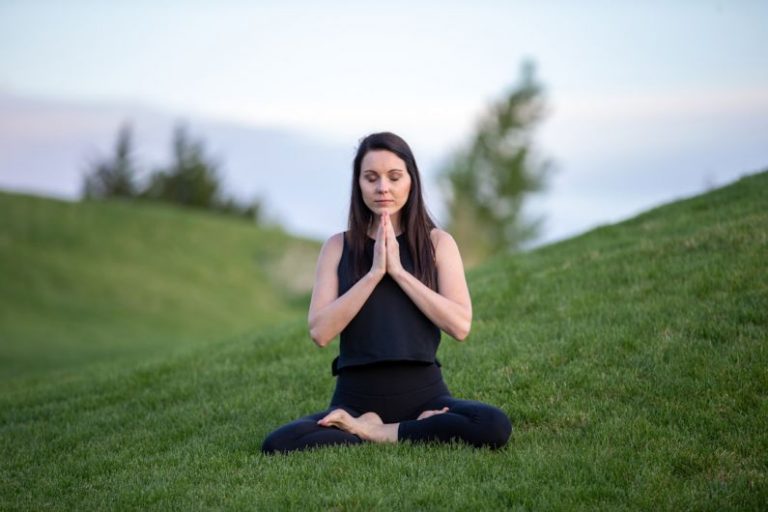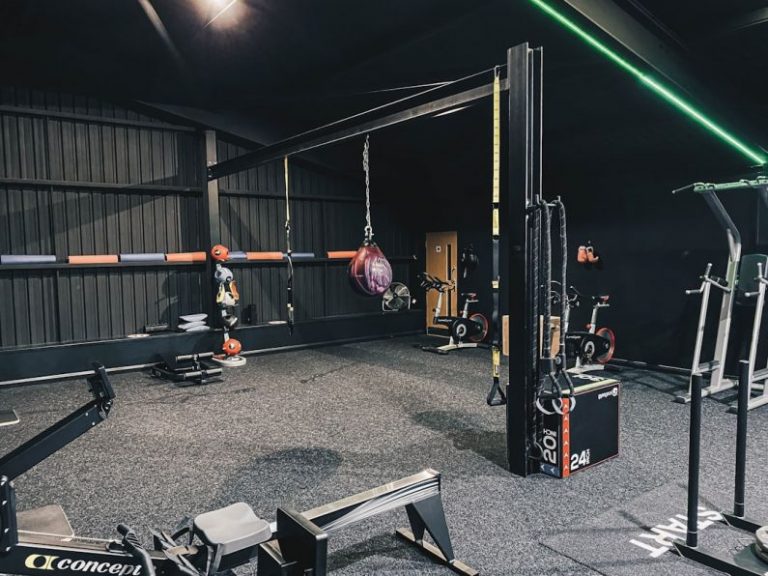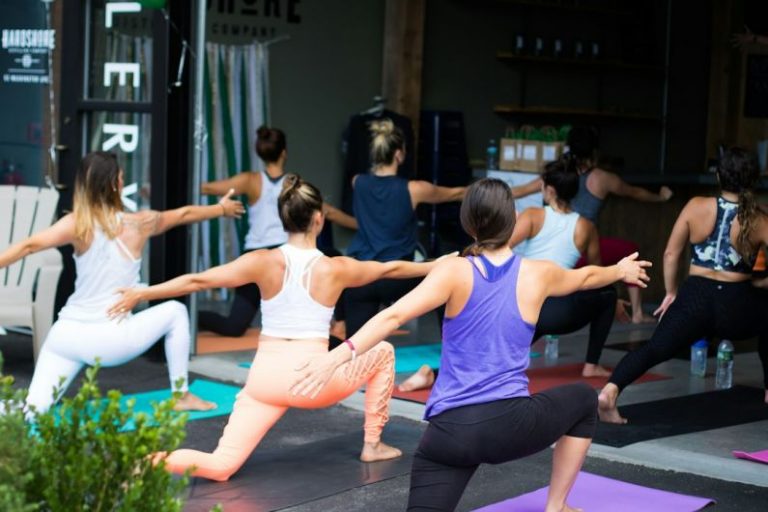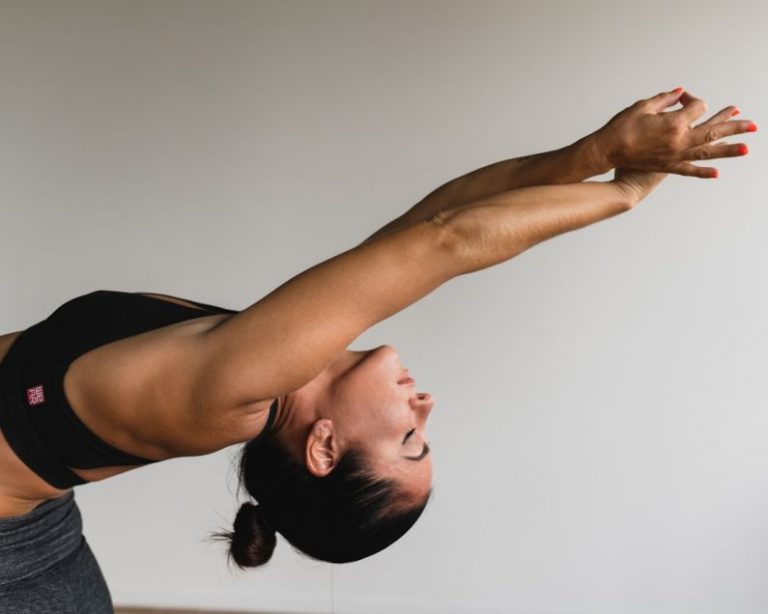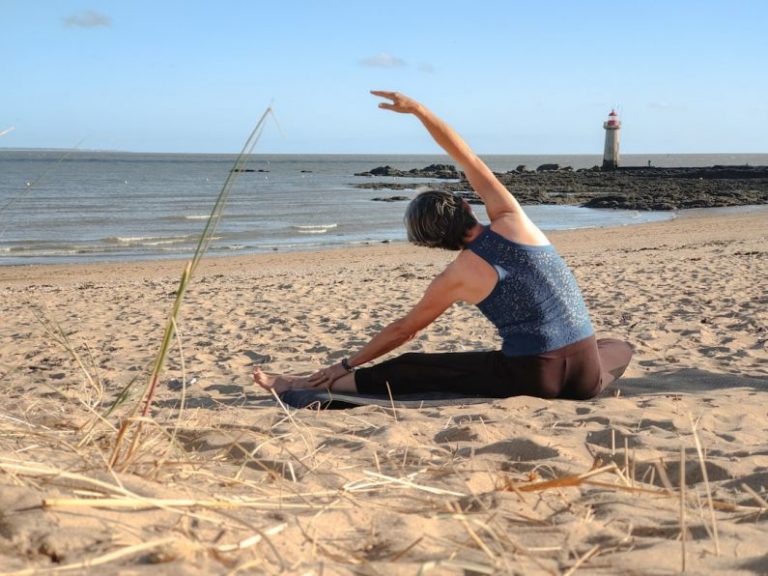Yoga for Strength Training
Yoga has long been associated with improved flexibility, stress relief, and mindfulness. However, its benefits extend beyond just these aspects. When incorporated strategically, yoga can also serve as an effective form of strength training. By combining traditional yoga poses with targeted resistance exercises, individuals can enhance their muscular strength, endurance, and overall fitness levels. This article explores how yoga can be a valuable addition to your strength training routine, offering a unique and holistic approach to building strength and improving physical performance.
The Blend of Yoga and Strength Training
Yoga, with its focus on bodyweight movements and balance poses, provides an excellent foundation for building functional strength. Unlike traditional weightlifting, which often isolates specific muscle groups, yoga emphasizes full-body engagement and alignment. By holding static poses and flowing through sequences, practitioners engage multiple muscle groups simultaneously, leading to improved overall strength and stability.
Asanas for Strength Building
Certain yoga poses are particularly effective for targeting different muscle groups and enhancing strength. Poses like Plank, Chaturanga, Warrior series, and Boat pose engage the core muscles, arms, legs, and back, helping to build strength and endurance in these areas. Additionally, balancing poses such as Tree pose and Warrior III require core stability and leg strength, further contributing to overall muscular development.
Incorporating Resistance into Yoga
To intensify the strength-building benefits of yoga, resistance can be added to traditional poses. This can be achieved through the use of props such as resistance bands or by incorporating dynamic movements like pulsing or isometric holds. By adding resistance, individuals challenge their muscles in new ways, promoting muscle growth and increasing strength over time.
Flow Workouts for Strength
Yoga flows, which involve linking poses together in a seamless sequence, offer a dynamic way to enhance strength and endurance. By moving through poses with controlled transitions and fluidity, practitioners not only build muscular strength but also improve cardiovascular fitness. Flow workouts can be tailored to target specific muscle groups or to create a full-body strengthening routine, making them a versatile option for those looking to incorporate strength training into their yoga practice.
Breathwork and Strength Training
The connection between breath and movement in yoga plays a crucial role in strength training. By synchronizing breath with each pose and movement, individuals can enhance their focus, control, and endurance during strength-building exercises. Deep diaphragmatic breathing also helps oxygenate the muscles, reducing fatigue and allowing for longer and more effective workouts. Incorporating breathwork into strength training can improve performance and promote a sense of mindfulness and presence during workouts.
Mind-Body Connection in Strength Training
One of the unique aspects of yoga as a form of strength training is its emphasis on the mind-body connection. Through mindfulness and body awareness, practitioners can improve their form, alignment, and engagement during strength-building exercises. By focusing on the quality of movement and staying present in each pose, individuals can maximize the benefits of their strength training routine and reduce the risk of injury.
Variety and Progression in Yoga for Strength
Just like traditional strength training, it is essential to incorporate variety and progression into your yoga practice to continue challenging your muscles and making gains in strength. By exploring different poses, sequences, and resistance techniques, individuals can avoid plateaus and continue to see improvements in their physical strength and fitness levels. Additionally, tracking progress and setting goals can help maintain motivation and ensure steady progression in strength training through yoga.
The Bottom Line
In conclusion, yoga offers a unique and effective approach to strength training that goes beyond traditional weightlifting methods. By incorporating yoga poses, resistance techniques, flow workouts, breathwork, and mindfulness, individuals can enhance their muscular strength, endurance, and overall physical performance. Whether you are new to strength training or looking to add a new dimension to your fitness routine, yoga can be a valuable tool for building strength, improving flexibility, and cultivating a deeper mind-body connection. Embrace the power of yoga for strength training and discover a holistic approach to enhancing your physical well-being.

